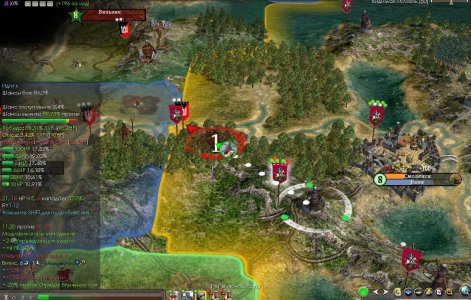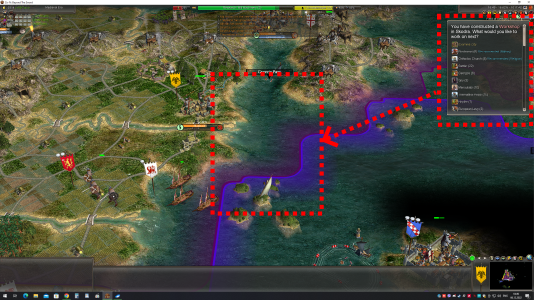Snowygerry
Deity
I doubt there is an actual guide on combat (or army composition) we all write something on our "best practices" now and again but it is dispersed in the thread(s),
there are a few things though that are different from the basic game that immediately come to mind.
- The rock/paper/scissors relation among unit types has been expanded on, this means no single unit (or stack of same units) is ever truly safe in the field, the AI is actually quite good at exploiting these.
- There are now "irregular" type units that use food to build instead of .
.
etc.
There is also this sub-forum where more specific issues are discussed :
there are a few things though that are different from the basic game that immediately come to mind.
- The rock/paper/scissors relation among unit types has been expanded on, this means no single unit (or stack of same units) is ever truly safe in the field, the AI is actually quite good at exploiting these.
- There are now "irregular" type units that use food to build instead of
 .
.etc.
There is also this sub-forum where more specific issues are discussed :
Civ4 - Realism Invictus
(Public) Development forum for Realism Invictus (was Total Realism) modpack.
forums.civfanatics.com
Last edited:

 unit maintenance, or something, while increasing the threshold of the support limit from population from approximately 25%/total pop to 50%/total pop, with a higher base limit), you'd still have an effective check against snowballing because of the pretty severe limitations on vertical growth imposed by happiness
unit maintenance, or something, while increasing the threshold of the support limit from population from approximately 25%/total pop to 50%/total pop, with a higher base limit), you'd still have an effective check against snowballing because of the pretty severe limitations on vertical growth imposed by happiness  and health
and health  for most of the game (notwithstanding the delayed research and high maintenance costs associated with horizontal expansion which already exist!).
for most of the game (notwithstanding the delayed research and high maintenance costs associated with horizontal expansion which already exist!).

